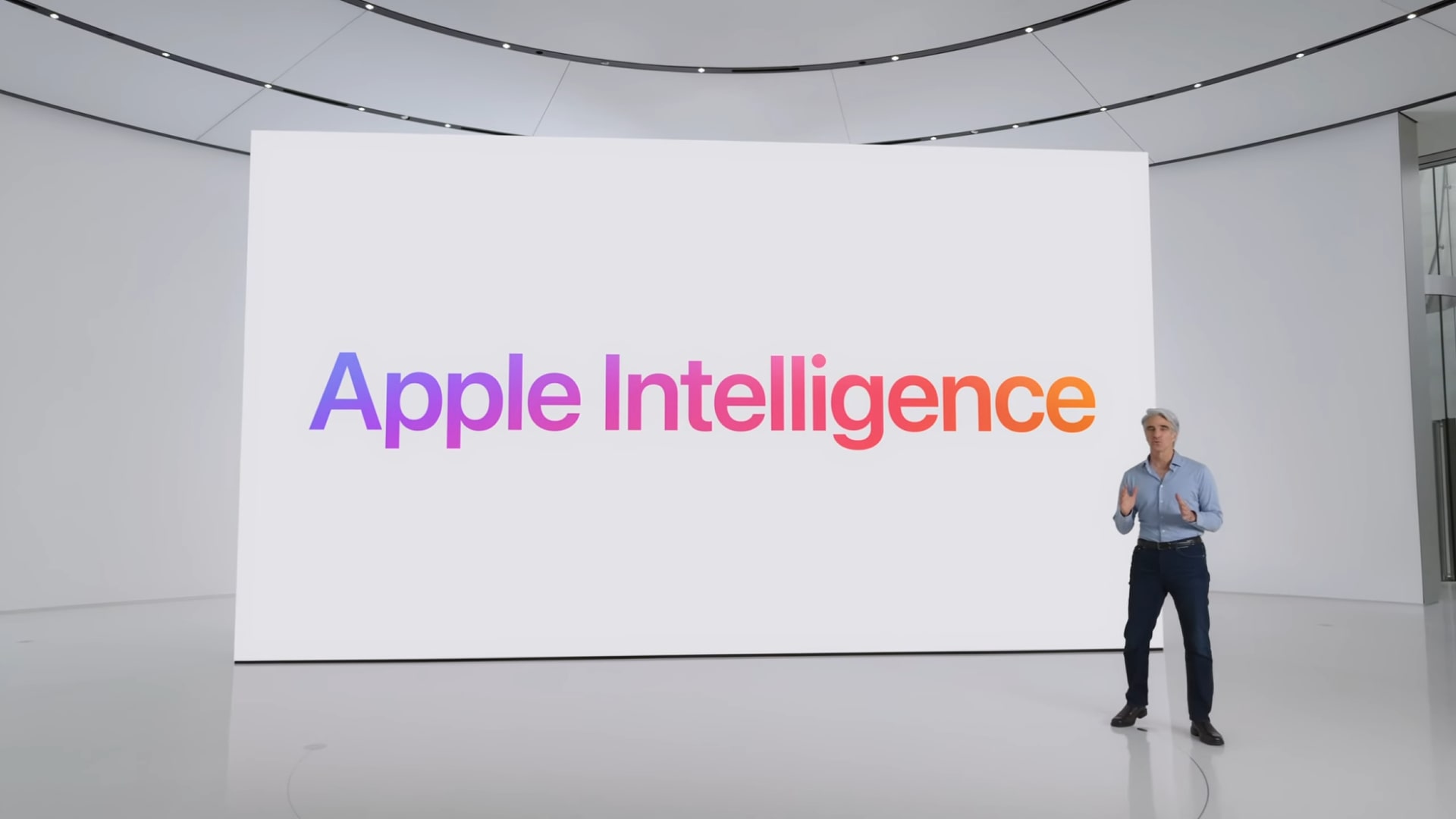'Accuracy over fantasy.' Apple explains why its AI photo editing isn't as incredible as Google's or Samsung's

What is a photo? It’s a question that's popping up with increasing regularity as technology moves further into a dystopian AI reality. From ‘deep fakes’ of celebrities to inserting a lion into a photo of your office, photo editing is evolving at a rapid rate that's making a lot of people, myself included, feel uneasy.
As Apple prepares to launch its suite of AI-powered tools, Apple Intelligence, which includes a new photo-editing feature called Clean Up that lets you remove objects from images, the differing approaches of tech companies are becoming clear. On one side, Google’s AI editing tools allow you to completely transform an image by adding lava lakes or transforming buildings into spaceships, while on the other there’s Apple’s more basic approach, which can… remove a water bottle.
Apple’s Senior Vice President of Software Engineering, Craig Federighi, sat down with The Wall Street Journal to discuss Apple’s image software approach, and he summed up Apple's approach to AI thus: “We help purvey accurate information, not fantasy.”
In the interview, WSJ’s Joanna Stern demonstrates how Clean Up works, by removing an intrusive water bottle from the edge of an image. Federighi explains that “even the ability to remove that water bottle, there were lots of debates internally.
“Do we want to make it easy to remove that water bottle or that mic? Cause that water bottle was there when you took the photo. The demand for people who want to clean up what seemed like extraneous details to the photo that don’t fundamentally change the meaning of what happened has been very, very high. And so, you know, we were willing to take that small step.”
Federighi goes on to explain that Apple is constantly thinking about the impact these AI features can make on reality, and limits the extent to which users can alter images. "We are concerned that there's a great history to photography and how people view photographic content as something they can rely on is indicative of reality."
A different approach

One way the company does this is by including any edits to a photo with Apple Intelligence’s Clean Up in the Photos app metadata for that image. This is something I’ve talked about at length with an Android user colleague, as I wanted to know if this approach to understand whether or not a photo has been AI-altered is specific to Apple, or employed by Google and Samsung too. It turns out, Apple is one of the few smartphone companies taking this approach with Google opting for changes in the metadata on Pixels which isn’t as clear for end users – something I wish existed across all social media platforms and smartphone software as photo editing enters new murkier waters.
Sign up for breaking news, reviews, opinion, top tech deals, and more.
It’s not just photo editing where Apple has taken this thoughtful, if perhaps over-cautious approach. "When you look at experiences like Image Playground, we made sure that the images we were generating were not photorealistic,” Federighi said. “Not because the underlying model couldn't generate something photorealistic but because we never wanted someone to have any confusion of whether Joanna was really wearing that fuzzy hat?"
It’s an interesting insight into how Apple views AI-powered photo editing, and stands in stark contrast to Samsung’s claim that “There is no such thing as a real picture.” Many have questioned Apple’s approach to AI, with Apple Intelligence taking its sweet time to arrive on devices. Some feel that Apple is late to the party and playing catch-up, but time will tell if the company’s tailored approach goes down well with users, or if its limited AI tools don’t quite scratch the same itch as the mind-bending, reality-altering approach of others.
You might also like...

John-Anthony Disotto is TechRadar's Senior Writer, AI, bringing you the latest news on, and comprehensive coverage of, tech's biggest buzzword. An expert on all things Apple, he was previously iMore's How To Editor, and has a monthly column in MacFormat. John-Anthony has used the Apple ecosystem for over a decade, and is an award-winning journalist with years of experience in editorial.